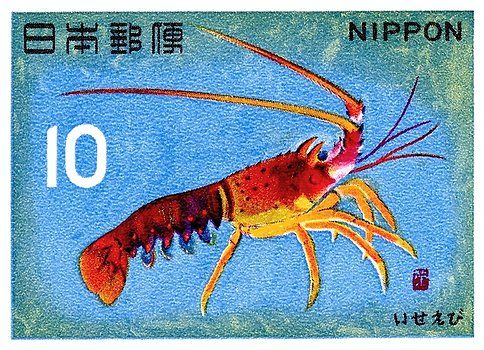The proposed permit to use imidacloprid on shellfish beds recently came to my attention. The fact that imidacloprid is being sought as an alternative to carbaryl particularly caught my interest because I have been studying the toxic profile of the various insecticide classes as they relate to ecotoxicity for pollinators. As it turns out, carbaryl and imidacloprid are on the opposite ends of time-dependent toxicity scaling spectrum. I would urge regulators to look closely at the time-dependent nature of the toxicity of residual concentrations for these two chemicals. With carbaryl we have one of the pesticides with the most “threshold-like” toxic action. Imidacloprid, on the other hand, has significant enhanced or delayed toxicity at residual concentrations.

- Login om te reageren
